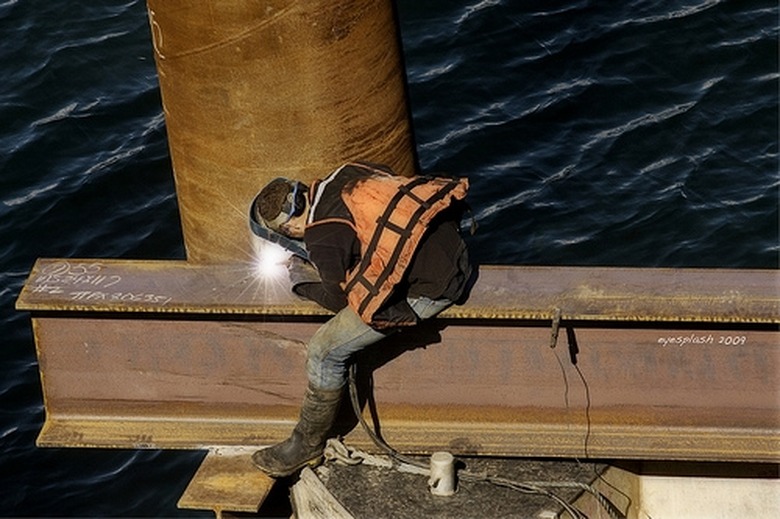Tricks For TIG Welding A Root Pass
Many jobs, such as nuclear work, piping and consumer goods, require at least the root pass, or the first weld in the pipe joint, to be done using the tungsten inert gas (TIG) process. Root passes use weld filler material to close the root space between the weld faces, and are particularly useful when only one side of the weld is accessible. Follow tips regarding shielding gas, weld preparation, and weld techniques to make TIG welding your root pass successful.
Back-Purging Techniques
Purge the weld zone, at about 40 cubic feet per hour, with argon. Without adequate shielding, welding defects such as incomplete penetration, lack of fusion, root pass cracking and root pass suck-back can occur. There are two common methods for back-purging a pipe root-pass weld zone: either purging the entire volume of a long pipe run or locally purging the immediate volume around the weld zone. A ratio of approximately 4-1 between the back-flow purge rate and the welding torch flow rate is needed to make a sound root-pass weld.
Welding Preparation
Preparation of the pipe ends is very important in root pass welding. Clean the pipes to bright, shiny metal for a distance of about 1 inch from the weld preparation edge, then thoroughly clean and degrease the entire area. As well, you must obtain proper fit of the pipes that you are welding. The root gap should be at least 1/32 inches larger than the diameter of filler wire being used to weld, allowing for the manipulation of filler wire even if some closure occurs during welding.
Tack Welding
Tack welding is necessary to ensure that the pipes do not move during closure welding. Make sufficiently large tack welds and place them often enough around the diameter of the joint, that the filler wire is smaller in diameter than the root gap. Grinding the tack welds to a feather edge may be helpful; it may prevent small defects that could be detected during radiographic examination from occurring when you make the closure weld.
Closure Welding
When closure welding, keep the joint sealed except in areas being welded. Maintain gas purge pressure for the first two passes to ensure that the root pass will not be tremendously oxidized during subsequent weld passes. Move your torch in a continuous motion from sidewall to sidewall, adding filler wire where the joint has not been tack-welded. Position the filler metal in the root gap opening. This reduces the possibility of the root gap closing up, limiting weld reinforcement at the root.
Cite This Article
MLA
Lobo, Tricia. "Tricks For TIG Welding A Root Pass" sciencing.com, https://www.sciencing.com/tricks-tig-welding-root-pass-8051281/. 24 April 2017.
APA
Lobo, Tricia. (2017, April 24). Tricks For TIG Welding A Root Pass. sciencing.com. Retrieved from https://www.sciencing.com/tricks-tig-welding-root-pass-8051281/
Chicago
Lobo, Tricia. Tricks For TIG Welding A Root Pass last modified March 24, 2022. https://www.sciencing.com/tricks-tig-welding-root-pass-8051281/
